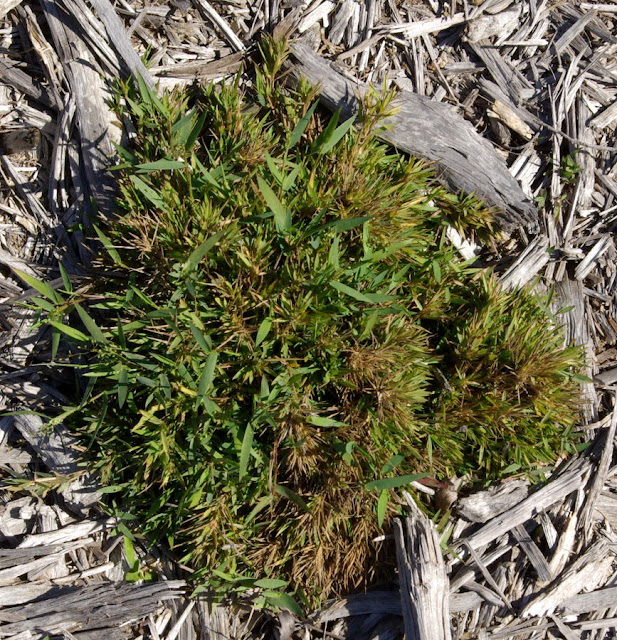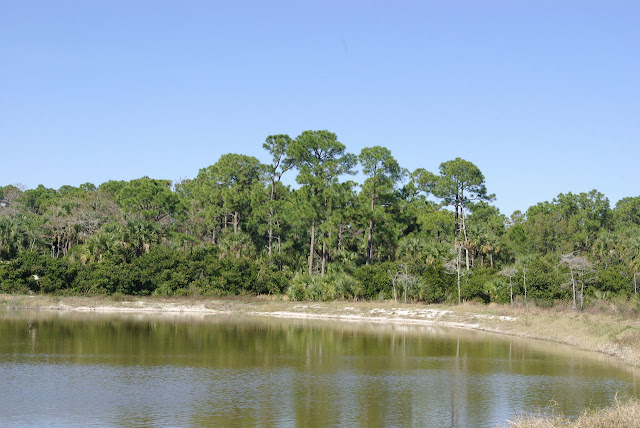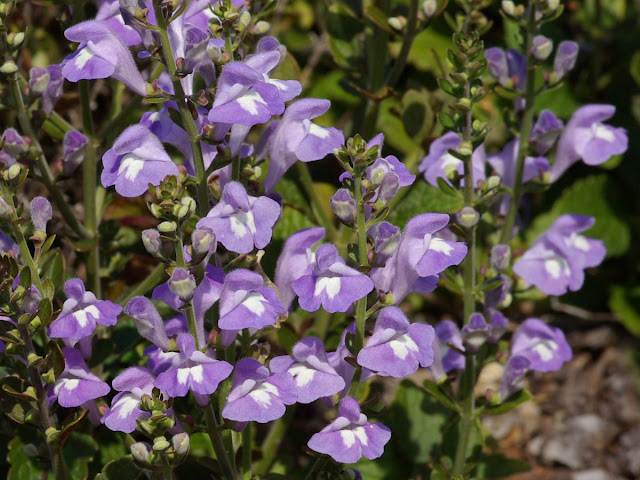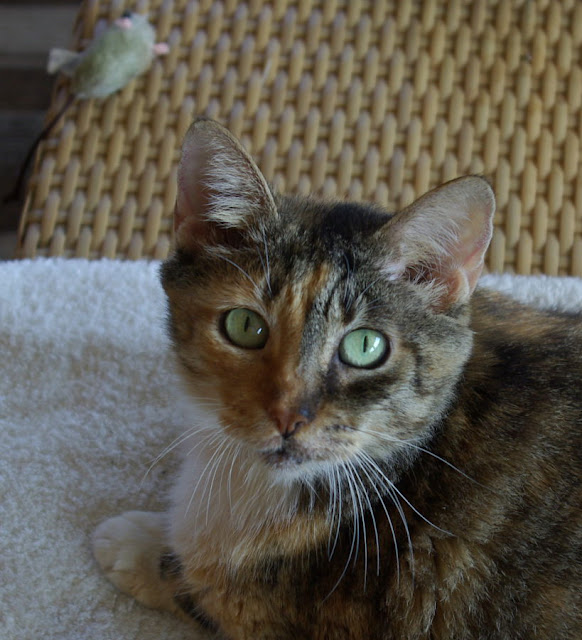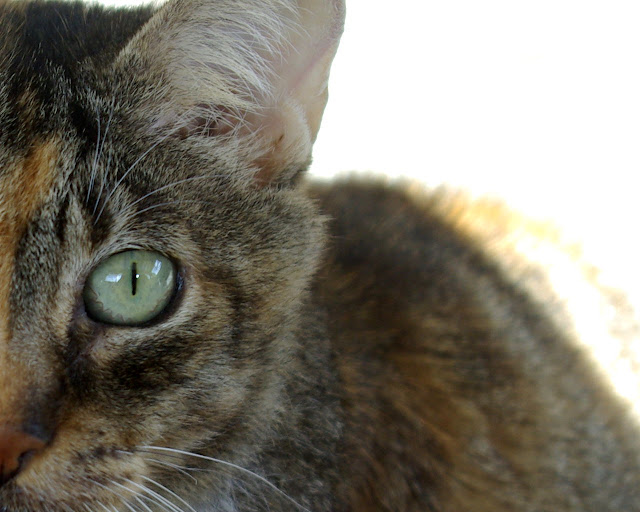Scutellaria arenicola was named by John Kunkel Small in the Bulletin of the Torrey Botanical Club in 1898. Over 100 years have elapsed since then and it is still essentially unknown in cultivation in spite of being nearly pest-free, easily grown, and bearing masses of large, colorful flowers. In nature, it occurs in sandhills and scrub and this might account for its rarity in home gardens. Plants from these habitats are often difficult for home gardeners to maintain unless the garden has very deep, sandy soil; however, that is not the case with Scutellaria arenicola and it readily adapts to a wide variety of garden conditions so long as it is provided with full sun and is not shaded by taller plants.

Plants die down to basal rosettes in the autumn and spend the winter in a more or less dormant state. With the arrival of warm weather in the spring, the rosettes take on a striking and distinctive deep burgundy color. Even if it never flowered, it would be worth growing for this beautiful foliage display. With spring rains, the stems rapidly elongate to 1—1.5 feet (30—45 centimeters) tall and produce sparsely branched spikes of large, dark lavender-blue flowers accented with a contrasting white throat. In the wild, stressful conditions usually result in plants that consist of a single rosette bearing a solitary spike of flowers. But with richer soil and more consistent watering, garden plants form many rosettes that bear large masses of flowers. Its horticultural uses are varied but it is perhaps best suited as a groundcover in sunny areas and as an accent plant in perennial flower borders, wildflower gardens, and cottage gardens. It may also be profitably used to provide color in herb gardens since it combines well with traditional herb garden plants. And, of course, it may be grown as a potted plant.

Fortunately, propagation is as easy as its cultivation and Scutellaria arenicola may be readily propagated by dividing the clumps of rosettes, by rooting cuttings, or by seeds. Every flower seems to produce seeds and, if allowed to do so, a single plant will form large colonies that become a carpet of lavender-blue in the spring. Although it is a long-lived perennial, plants will flower in a few months from seeds.
As is the case with all plants, Scutellaria arenicola does have a few drawbacks. Although it will tolerate surprisingly wet soil, the soil must be very well drained and it will not do well in an area where there is standing water after heavy rains. As mentioned above, it demands full sun and, although it will survive in the shade, it will bear few or no flowers. Although Scutellaria arenicola flowers throughout the summer and autumn, another drawback is that the flower buds produced during hot summer and autumn weather usually go directly to seed and do not produce the large, showy flowers.
To my surprise, Scutellaria arenicola has relatively few wildlife benefits and, although the flowers show all the hallmarks of being adapted for pollination by bees, I have not observed an insect visiting the flowers in over 15 years of growing the plant. Likewise, nothing seems to eat the foliage although occasionally plants stressed by extended drought will be attacked by non-native scale insects. However, cultivated plants can form rather large colonies that can cover many square feet of ground and as such they provide shelter for insects, spiders, lizards, and other small animals.
Scutellaria arenicola is native only to parts of Georgia and to Florida, where it occurs from Columbia County in north Florida to Highlands County in central Florida. Additional records, separate from its principal range in central Florida, have been reported from Lee and Collier counties in southwestern Florida.
© 2011 Rufino Osorio.



